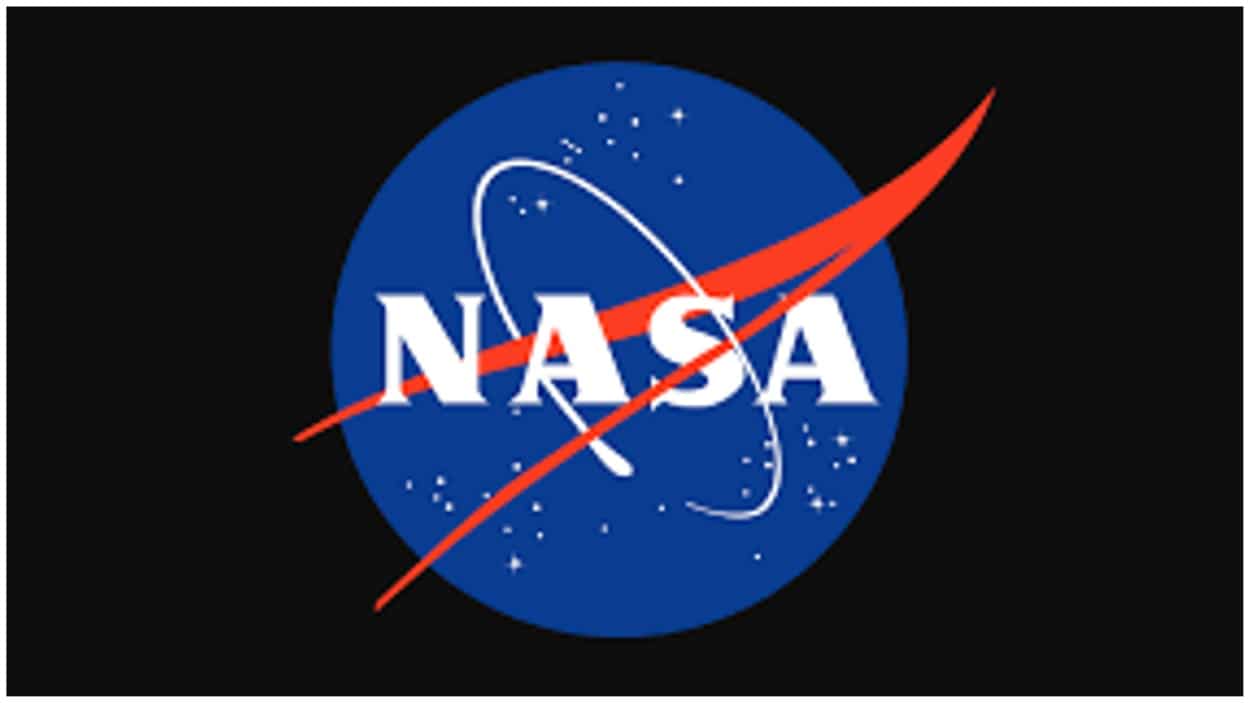A coalition using NASA-developed technology and funded by philanthropists, including former New York Mayor Mike Bloomberg, plans to launch the first satellite for detecting methane leaks from space this Friday. This launch, a key initiative of the Carbon Mapper Coalition established in 2021, represents a significant advancement in environmental monitoring.
The launch will take place aboard the SpaceX Transporter-11 Rideshare mission. The coalition includes prestigious partners such as NASA’s Jet Propulsion Laboratory, Planet Labs, RMI, and Arizona State University, with financial support from High Tide Foundation, Bloomberg Philanthropies, Grantham Foundation for the Protection of the Environment, Zegar Family Foundation, and Children’s Investment Fund Foundation.
The satellite, named Tanager-1, comes equipped to identify methane emissions from specific sites such as oil refineries and landfills. This capability is essential for enabling industries to detect and address leaks effectively. Additionally, researchers will make the data collected available through a public online portal, enhancing transparency and accountability.
Carbon Mapper is planning subsequent satellite launches that will track up to 90% of the world’s major methane plumes daily. This extensive monitoring is vital for achieving the significant emission reductions needed to mitigate the worst effects of climate change.
Richard Lawrence, founder of the High Tide Foundation, emphasized the urgency of the situation: “There is more momentum than ever to act on climate. However, a lack of public and private investment in global methane and CO2 monitoring has left gaps that leave many emissions untracked and unaddressed.”
Methane, known for being over 80 times more potent than carbon dioxide in the first 20 years after its release into the atmosphere, poses a significant challenge. Riley Duren, CEO of Carbon Mapper, noted that “super-emitters,” or sources emitting more than 100 kilograms (220 lb) of methane per hour, can account for up to 60% of a region’s total emissions in some sectors.






